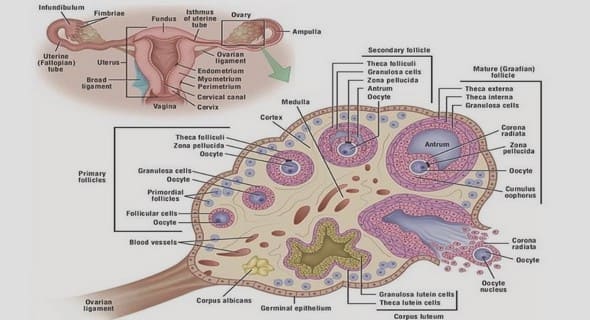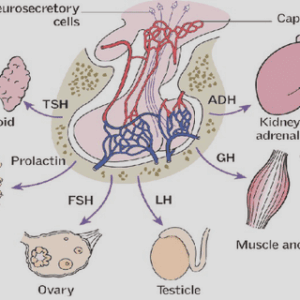(Downloads - 0)
For more info about our services contact : help@bestpfe.com
Table of contents
Chapter 1: Introduction
1.1 Aim and objectives
Chapter 2: State of the art
2.1 Introduction
2.2 Health and developmental consequences of very preterm birth
2.3 Follow-up of children born very preterm
2.4 Post-discharge health care and health care needs
2.5 Equity in health and health care
Chapter 3: Methods
3.1 Introduction
3.2 Data source and study population
3.3 Data
3.4 Harmonising health care data
3.5 Analysis strategy: key points
3.6 Qualitative analyses
Chapter 4: Specialist health care services use in a European cohort of infants born very preterm
4.1 Preface
Chapter 5: Parents’ ratings of post-discharge healthcare for their children born very preterm and their suggestions for improvement: a European cohort study
5.1 Preface
Chapter 6: Follow-up after very preterm birth in Europe
6.1 Preface
Chapter 7: Elevated health care use at five years of age in children born very preterm in a European cohort: association with social circumstances and access to routine follow-up services
7.1 Preface
Chapter 8: Discussion
8.1 Summary of main findings
8.2 Europe, opportunities and challenges for research
8.3 Study design and methods
Chapter 9: Conclusion
9.1 Conclusions on main findings
9.2 Perspectives for future research
References
Annex
Appendix A1, Chapter 3. Coding scheme for free-text responses in SHIPS questionnaire
Appendix B1, Chapter 4. Figure SI: Flow-chart illustrating the participation in the study
Appendix B2, Chapter 4. Table SI: Specialist services as defined in each country specific questionnaire.
Appendix B3, Chapter 4. Table SII: Responder and non-responder characteristics
Appendix B4, Chapter 4. Table SIII: Use of specialist services by country using inversed probability weighting, sorted by total use of services
Appendix C1, Chapter 5. Supplemental Figure S1. Flowchart
Appendix C2, Chapter 5. Supplemental Table S1. Parents’ ratings of preterm birth-related healthcare by country, ordered by unweighted proportion of poor or fair ratings
Appendix C3, Chapter 5. Supplemental Table S2. Risk ratios of poor or fair ratings by sociodemographic characteristics and child health and development (A) without weights, (B) using inverse probability weights, and (C) inverse probability weights truncated at 95th percentile
Appendix D1, Chapter 6. Supplemental Table 1: Translations and back-translations for questions on routine follow-up by country
Appendix E1, Chapter 7. Supplemental Table 1: Services as defined in each country-specific five-year follow-up questionnaire
Appendix E2, Chapter 7. Supplemental Table 2. Cluster characteristics, examples of Hierarchical and K-means clustering
Appendix E3, Chapter 7. Supplemental Table 3. Total number of outpatient/inpatient visits and total number of specialist services visits during the past year in five year-old children born VPT, by perinatal and social factors and follow-up context
Appendix E4, Chapter 7. Supplemental Table 4: Risk ratios of elevated health care use at 5 years of age in children born VPT, by perinatal and social factors and follow-up context (Models III) without inverse probability weights
List of figures
List of tables
Abstract




